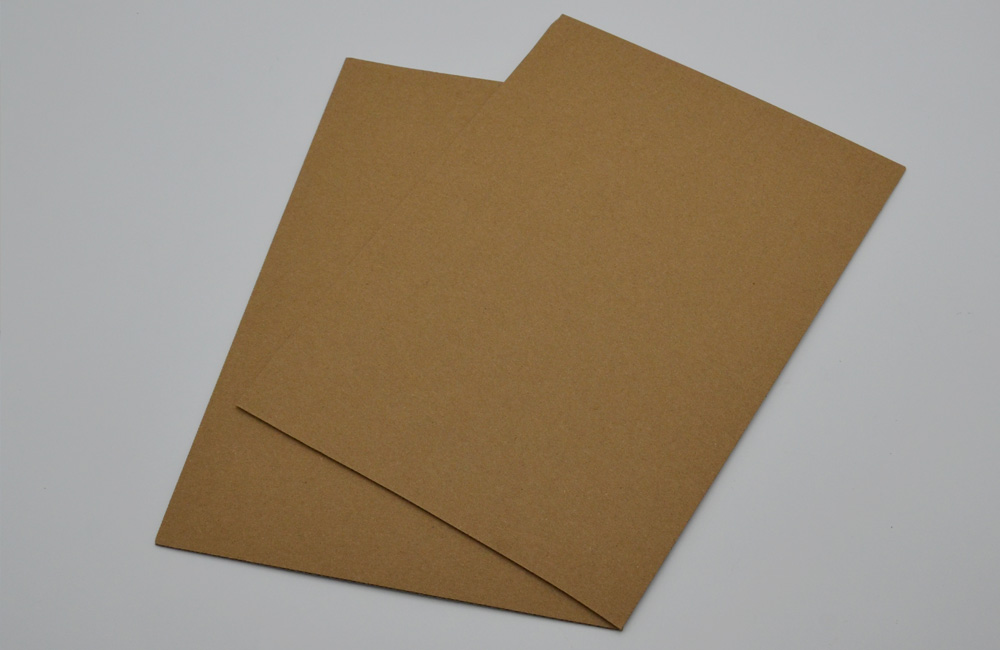

The basic structure of pit paper is a smooth sheet of kraft paper framed with a wavy sheet of paper (often called a core). In the past, kraft paper contained about 200 to 250 grams of a wood pulp that was highly resistant to crushing and supportive. However, over the past 20 to 30 years, due to environmental protection and cost factors, the wood pulp content in kraft paper has been reduced and mixed with waste paper to a much thinner thickness than before. It is usually 120 to 160 grams, and 200 grams of paper is also used. As for the core, it is recycled and reconstructed from waste paper, and its thickness has been changed from 130 to 160 g to 100 to 140 g in the past.

Most packages on the market are almost exclusively paper products. Not only are they much lighter in weight, but they come in a variety of styles. They can also be designed with various patterns to decorate them. There are also many types of paper packaging. Generally, items of value are usually packaged in cardboard boxes. Most shopping packages are paper bags. What's more, kraft paper is basically used for packaging documents and papers. Kraft paper packaging is very strong and is more robust than regular paper.
The most important use of pit paper is for outer packaging. Due to the boom in printing technology, pit paper is also available in various styles. Today, it not only plays the role of external packaging, but also uses internal packaging or paper products. Let's start with the pit patterns that look the same but turn out to be different from each other. In the early stages, as long as the a-shape, it had a high carrying capacity but a lot of material, so the B-shape and C-shape were carried out under different needs. the B-shape corrugated ripples were narrower and shorter, and had a better carrying capacity but less material. the C-shape pit pattern was similar to the a-shape pattern but wider than the B-shape pattern, and thus the C-shape pit paper was thinner than the a-shape pattern and the B-shape pit paper. Pit E became prevalent over a decade ago. A few years ago, there was an F pit. in 2014-2015, there were more G pit papers (existing A, B, C, E, F, G, and H, but not D pit) because the box is not purely set up for maintenance of the product, but plays more of a decorative, promotional, etc. the difference between the E, F, and G pits is that they are rougher than the ability to maintain. As for some boxes, costs can be reduced by having the powder gray stuck on the pit paper. For example, a young fine pit pattern made of thinner pinkish gray card does not easily show the pit pattern, thus reducing the cost. This is now more common in the packaging of cosmetics, cell phones, and other high-end consumer products.
Dongguan Yihe Paper Products Co,. Ltd.
Address:The fourth industrial area of Yangwu village,Dalingshan town,Dongguan city,China.
Contact:Mr. Li 13544778118
Tel:0769-88968261/0769-88968262
Fax:0769-88968263
Website::vmtv.com.cn
E-mail:yihe@yihepp.com
